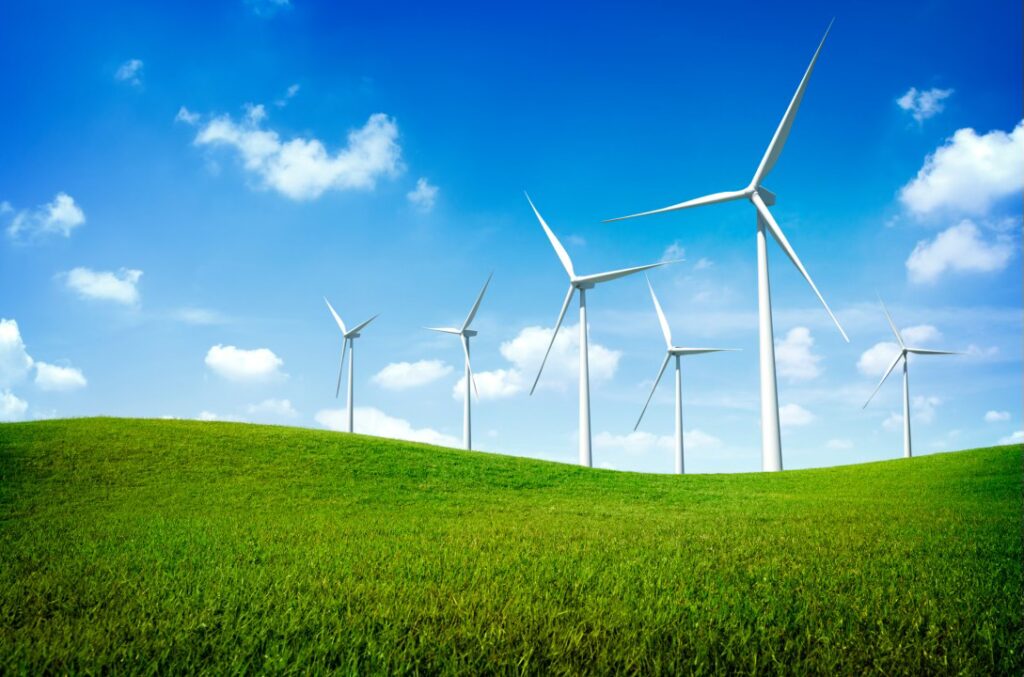China’s Bold Push for Clean Power: Decarbonizing Industrial Giants

As the world grapples with the urgent need to combat climate change, China has positioned itself as a critical player in the global transition to clean energy. With its industrial sectors accounting for nearly 65% of national carbon emissions, the nation is ramping up its clean power policies to achieve its carbon neutrality goal by 2060.
Powering Industrial Decarbonization
China’s industrial sector, spanning steel, cement, chemicals, and manufacturing, is undergoing an unprecedented transformation. To mitigate emissions, the government is advancing initiatives that integrate renewable energy, electrification, and green hydrogen into industrial processes.
Key measures include:
- Expanding Renewable Energy Supply:
- China’s renewable energy capacity—already the largest in the world—is expanding rapidly. In 2024 alone, wind and solar installations surpassed 200 GW, supplying industrial zones with green electricity through dedicated renewable energy corridors.
- Electrification of Industrial Processes:
- Traditional coal and fossil fuel-dependent processes are being replaced with electrified alternatives. For example, electric arc furnaces are being adopted in steel production to cut emissions by over 50%.
- Green Hydrogen Deployment:
- China is leveraging its renewable capacity to scale up green hydrogen production for use in high-temperature industrial applications, such as chemical and steel manufacturing. The government plans to deploy 100,000 hydrogen-powered vehicles by 2025 and expand the hydrogen ecosystem nationwide.
Policy Innovations Driving Change
Central to China’s efforts is a robust policy framework aimed at accelerating decarbonization:
- Carbon Trading Expansion:
China’s national carbon market, launched in 2021, now covers industries such as steel and cement. By 2025, the market is expected to expand to include petrochemicals and aviation, creating financial incentives for emission reductions. - Mandatory Energy Audits and Upgrades:
Industrial facilities are now required to meet stringent energy efficiency standards, with incentives for retrofittingand adopting cleaner technologies. - Strategic Alliances for Innovation:
Public-private partnerships are fostering breakthroughs in clean industrial technologies. A recent collaboration between the government and major steel producers aims to deploy carbon capture and storage (CCS) at scale.
Global Implications
China’s advancements in clean power policy are not just reshaping its domestic industries but also influencing global supply chains. By greening its industrial sectors, China is reducing the carbon intensity of exported goods, aligning with international climate goals and demands from global partners.
Moreover, as the country becomes a leader in clean energy innovation, it is exporting technology such as solar panels, wind turbines, and batteries to countries worldwide, fostering a shared path toward a low-carbon future.
Challenges Ahead
Despite its progress, China faces significant challenges in balancing industrial growth with sustainability. Some regions remain heavily reliant on coal, and transitioning millions of workers in carbon-intensive industries to green jobs remains a monumental task.
Nonetheless, the nation’s commitment to advancing clean power and industrial decarbonization is a vital step toward meeting its climate targets. With bold policies and technological innovation, China is charting a path that could serve as a blueprint for other industrial powerhouses.








